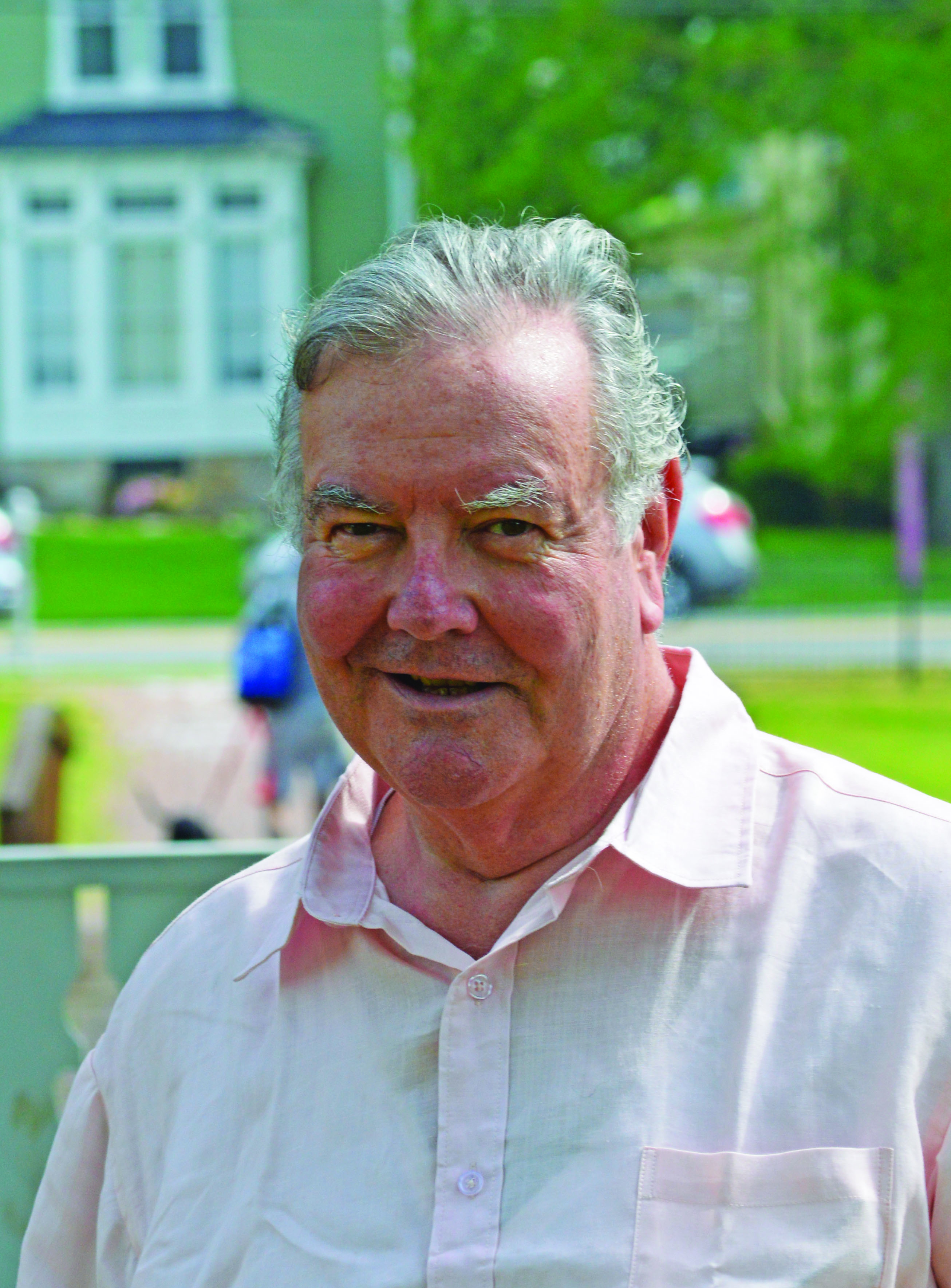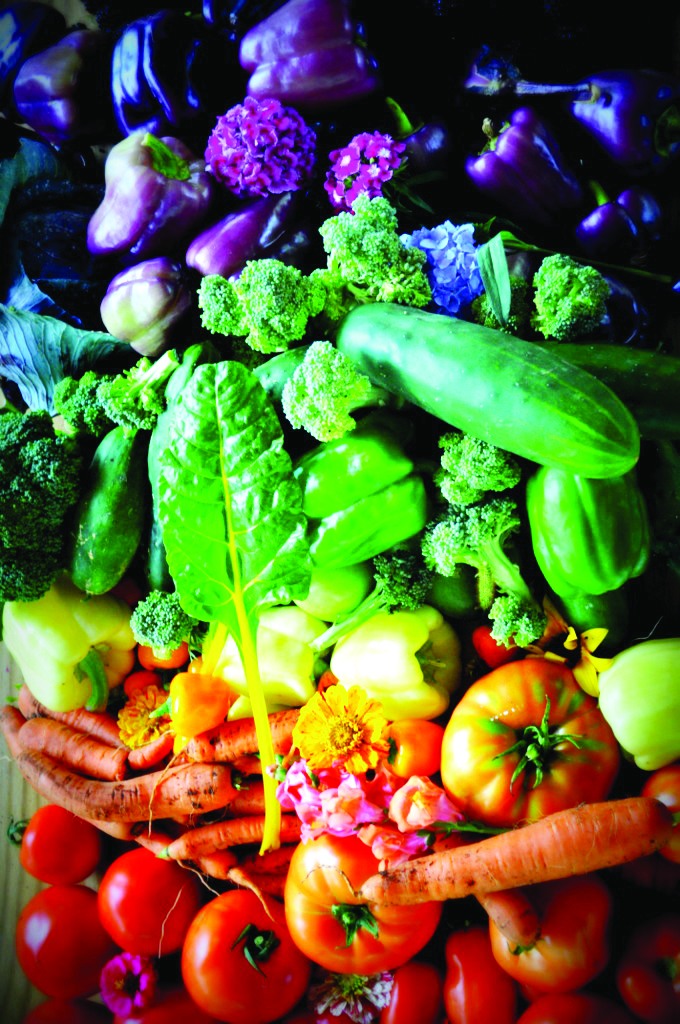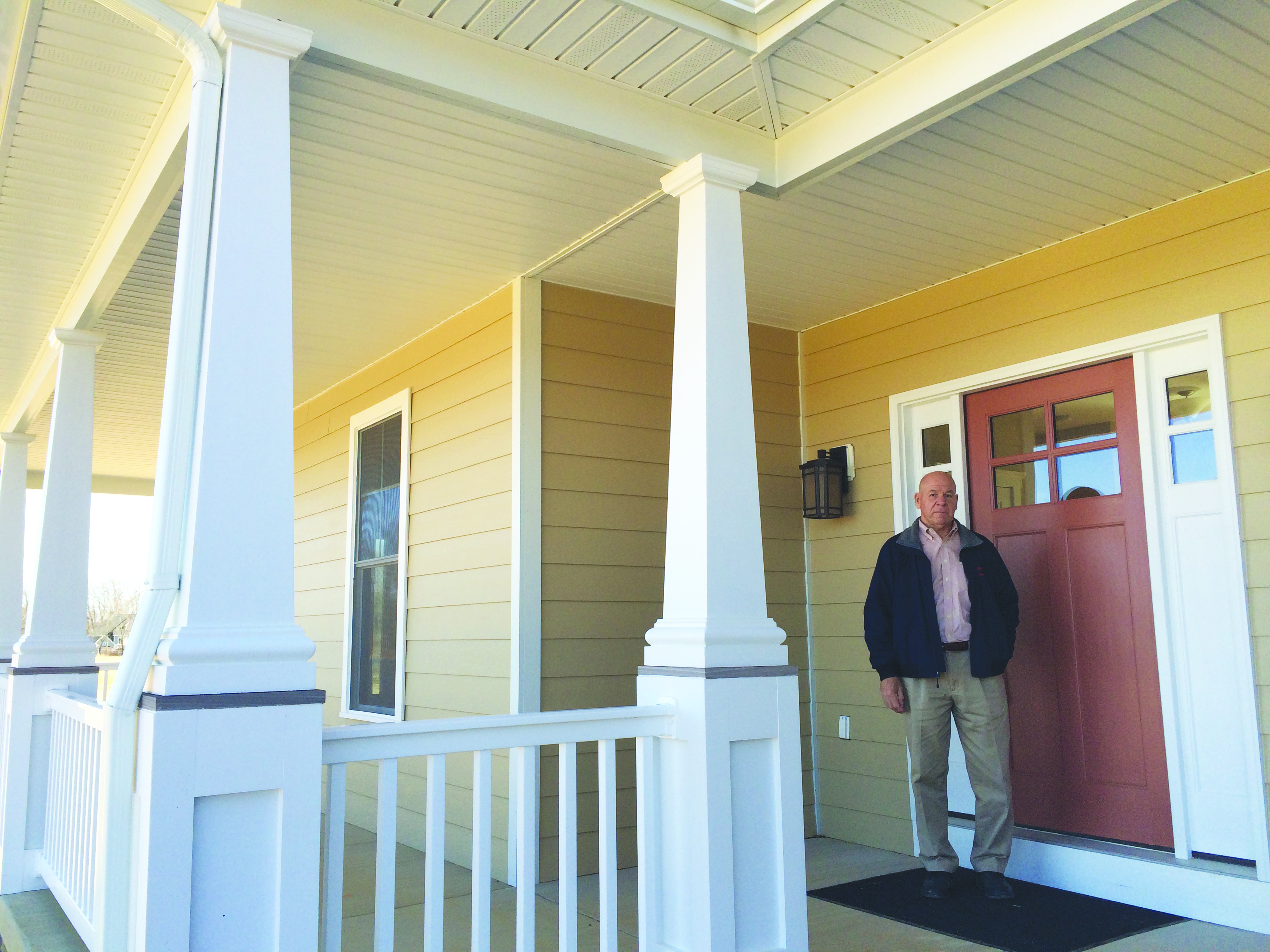Bustin’ Out
After a polar vortex and a winter that refused to quit, the digital thermometer finally has cracked 80 degrees, and lawn-obsessed homeowners are plotting war plans for battles on the crabgrass frontier. It’s bustin’ out time. Time to tackle the outside projects—and spend some afternoons enjoying the fruits of your labor.
A Coat of Paint = Instant Transformation
By Victoria L. Kidd
There’s always something to do when you own a home. One affordable way to improve your home’s exterior or freshen up its interior is through paint. Painting is an activity that (when mentioned) solicits either excitement or dread. You either enjoy the activity or you loath it; not many people are “on the fence” with this one. As such, many homeowners turn to professional painters to get the job done.
Finding someone who offers house painting as a service is pretty easy. Finding someone who is experienced in the field and qualified to paint your home is more difficult, and homeowners should use caution when selecting a professional. One painting company that serves the area is Painting by Rick & Company. (Readers may have seen their information in our pages before. They have actually provided services to thousands of homes and businesses in the area.)
Since 1991, Painting by Rick & Company has offered interior and exterior painting, light carpentry work, dry wall repair, wallpaper removal, cabinet refinishing, and more. According to their website, their longevity can be attributed to their adherence to “the basic principles of honesty, exceptional quality, attention to detail, and customer service.”
Rick & Company is not alone in recognizing that it takes integrity to become a leader in one’s field. Many professional painters and service providers in the local area will attest that treating people fairly is fundamental to doing business here, but individuals seeking a professional to do this type of work should keep certain things in mind during their search.
Accountability and professionalism are among the earliest and most important considerations. When inviting someone into your home, you should make sure they represent a legitimate operation that can provide references from satisfied customers. Look for providers who have an established web presence. These people want to be found and have nothing to hide from their customers.
When you have selected a “short list” of choice professionals, you’ll want to start getting quotes for the work. There is an unwritten rule for hiring any sort of professional: obtain at least three quotes. (This may require making a lot of calls and suffering through a few no-shows, but you’ll benefit from knowing that you found the right contractor whose service, price, and reputability aligns with your expectations.)
When you are having these professionals provide quotes, make sure you are asking them the same questions, and make sure you are comparing “apples to apples” to get the best price for the exact work you want done. If you want a certain type of paint used or if you require a certain number of coats in a particularly sunny room, you should be sure to ask the professional to include those considerations in his quote.
Another good thing to ask each provider is how long the work should take. “Life” doesn’t stop because someone is working on your home. You need to understand the timeline for completion, how often the professional will be in your home until the job is complete, and between what hours the work will happen. If you need the work to be complete by a certain day or if you have an expectation for how often the worksite will be open to the service provider, you need to ensure the contractor understands those needs and agrees to them in writing.
Certainly, price is the underlying consideration for most people, but taking time to make these additional considerations will help guarantee that the services are provided to your expectation. They will also ensure the end result comes not only with an “ahhh, that’s better” moment, but also with desire to recommend the contractor to others.
To Truly“Go Green”
By Victoria L. Kidd
The concerns evident here focus on the safety of available lawn care products for pets and families, but many people in similar situations will also struggle to reconcile the environmental impact of such treatment. Regardless of one’s reasoning for joining the “organic lawn movement,” it’s easy to feel a bit overwhelmed initially. One good place to start is www.safelawns.org. Founded by Paul Tukey, author of The Organic Lawn Care Manual, SafeLawns is an organization that works to educate people about the health and environmental risks associated with common synthetic products.
The site includes a series of handouts that provide valuable information to anyone considering a switch to organic products. These handouts will teach you about the benefits of testing your soil (a must before you start any treatment program), adding compost, overseeding, and more. While the site is a good primer, you may find yourself wanting to expand your new “natural” philosophy to the plants you welcome in your flowerbeds, gardens, and greenhouses. Operations like Gabalot Gardens in Strasburg, VA (www.gabalotgardens.com) can help homeowners get their beds in shape while they work to get the lawn back on track after a harsh winter.
When you stop by their location, you’ll see what they mean when they say, “It’s all about the plants.” They carry a wide range of products and they promise that what they offer is “slow-grown” and is never over fertilized, doused with harsh chemicals, or forced to bloom out of season. Furthermore, they really do see their business as equal parts plants and service, and they welcome tough questions that help customers enjoy the “green” surrounding their homes.
If you have been considering the adoption of a chemical-free lawn care policy, or even if you just want to investigate the potential impact that synthetic products have on the environment or on your health, visit the SafeLawns website. Additionally, consider extending your chemical-free ideology to all the greenery that increases your home’s curb appeal. Choose Gabalot Gardens or any other garden center offering products grown responsibly. Just be sure to take a “before” photo so you can share your success story with us when your chemical-free lawn outshines all others in your neighborhood.










